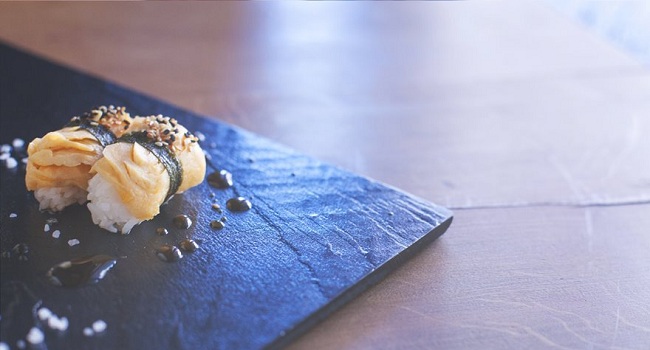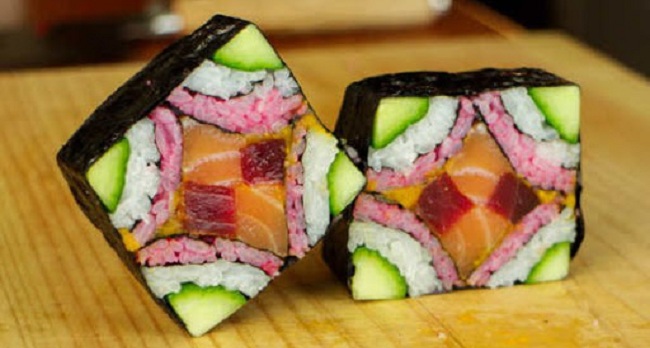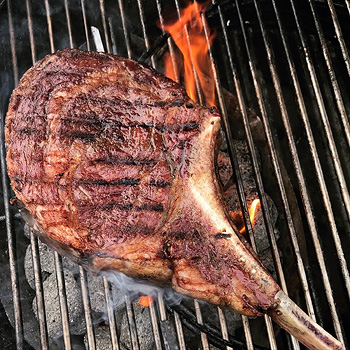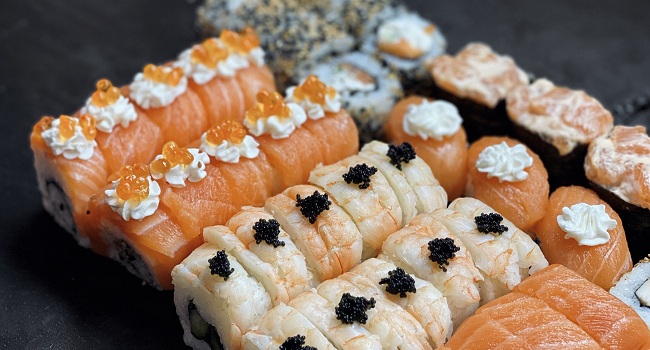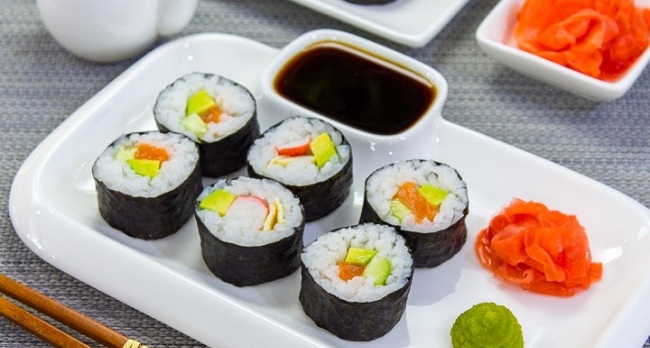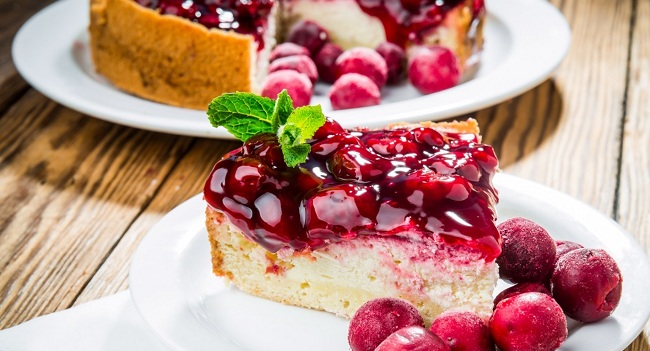It is not the first time that beginners manage to cook a steak on the grill with high quality and tasty. The first failed attempt is not a reason for frustration, but a great opportunity to analyze your mistakes to take into account and correct them in the future. Below we will share useful tips and tricks from experienced chefs on how to cook a deliciously and unmistakably grilled steak perfectly.

- Preheating the grill. The first rule to remember once and for all. For the planned dish to turn out equally tasty from time to time, it is necessary to take care of heating the grill in advance. Set the temperature to maximum and preheat the barbecue for 10-15 minutes before starting the cooking process.
- Continuous flame control. Drops of fat dripping off the steak during frying can trigger flames. A strong fire can dry out the meat, and in this case, you do not need to use water at all. It is enough to reduce the heat to a minimum or completely extinguish the burners. Wait a couple of minutes and continue the cooking process.
- There must always be an adequate supply of fuel. It doesn’t matter if you cook on a charcoal or gas grill, to avoid unforeseen situations during the cooking process, always have enough fuel to roast the meat.
- Temperature control. As you know, when preparing various dishes over an open or indirect fire, it is important to adhere to the existing recommendations for temperature conditions. For example, there are certain rules for roasting poultry and pork. In the case of thick pieces of meat or baking whole poultry, it is rational to choose medium temperature conditions. In the case of thin steaks, the fire can be more intense and the roasting time may be limited.
- Experiment and master new culinary techniques. To enhance the usual taste of meat, it can be fried on both sides over high heat. This technique will allow you to get an appetizing golden-brown crust. So that the meat is not overdried, it is better to continue frying until fully cooked over medium or low heat. It is rational to use and not direct heat until the dish is fully cooked. Slow simmering allows the taste of the dish to unfold as much as possible, without overdrying the meat fibers and completely preserving their juiciness.
- Experiment with flavors. To revive the usual taste of the dish, we recommend using different variations of sauces, combining them individually each time. For example, a pinch of sugar will give the meat a more intense flavor and a delicious crust. Remember also that you need to grease the steak with sauce 5-10 minutes before cooking. If the meat has been pre-marinated for several hours, it should be cooked at minimum temperatures, gradually increasing the heat. Thus, the finished dish will turn out to be evenly fried, without a specific, burnt aftertaste.
- Stay alert while preparing food. For your dish to turn out perfectly fried, without burnt edges, you need to monitor not only the temperature and intensity of the fire but also the state of the steak frying. Especially, this rule is relevant when frying chops, thin pieces of meat, burgers over high heat.
- Cleanliness is the key to health. Interaction with any food, including meat, requires certain hygiene rules. The work area must be kept as clean as the grill itself. Pay special attention to the cleanliness of hands and cutlery. It is better to check the degree of roasting of meat not with improvised means, but with a special, disinfected temperature probe.
- It is also important not to forget about the cleanliness of the grill. As with any kitchen equipment, the grill must be kept clean. After cooking, until the particles of fat and food are completely dry, they must be removed. All types of dirt can be easily removed by intensive heating of the grill. After firing, the ash can be easily removed with a sponge or barbecue brush. Timely removal of dirt will allow you to always prepare delicious food, without any foreign odors. Do not forget about the timely maintenance of your grill. Monitor the serviceability of burners, temperature controllers. We also recommend purchasing professional grill cleaning tools. With their help, it will become much easier and more convenient to monitor the health of the equipment.
- Organize proper storage of your grill. To make your grill, gas, or charcoal, serve you for many years, get a special cover for it. It will protect the metal from moisture, dust, and mechanical damage.


